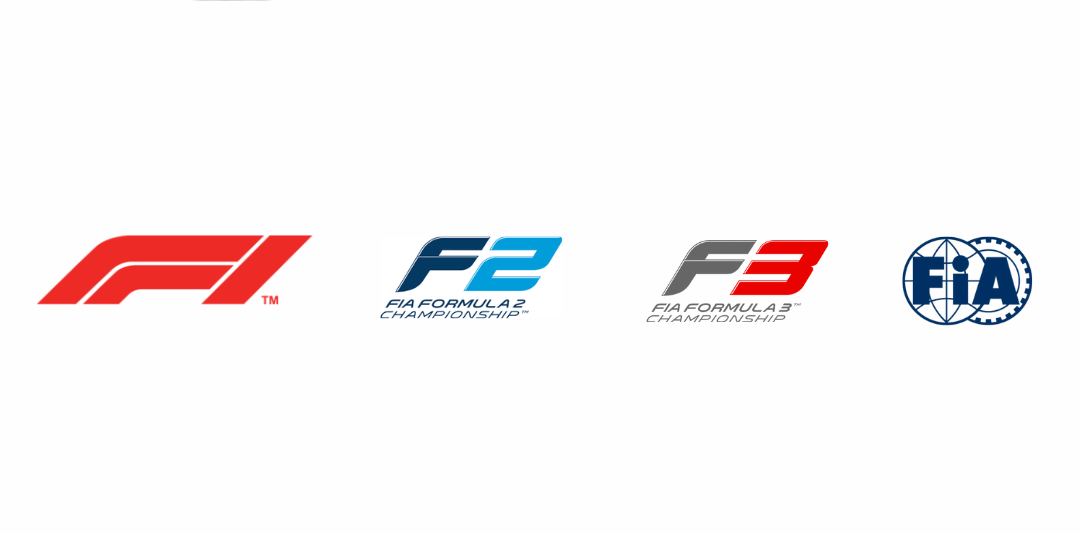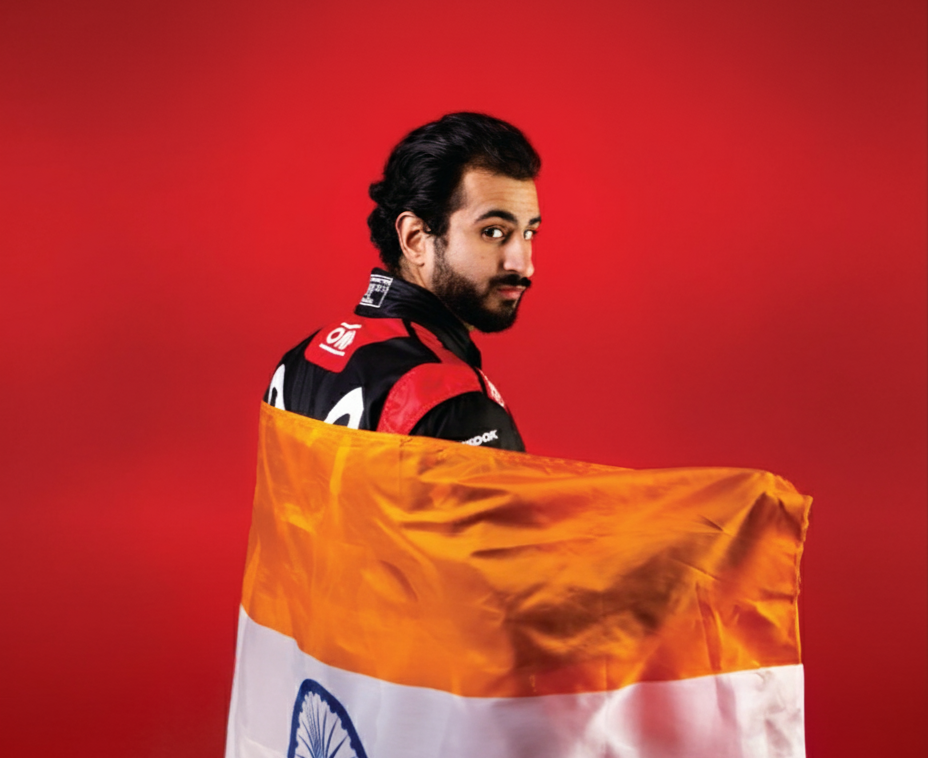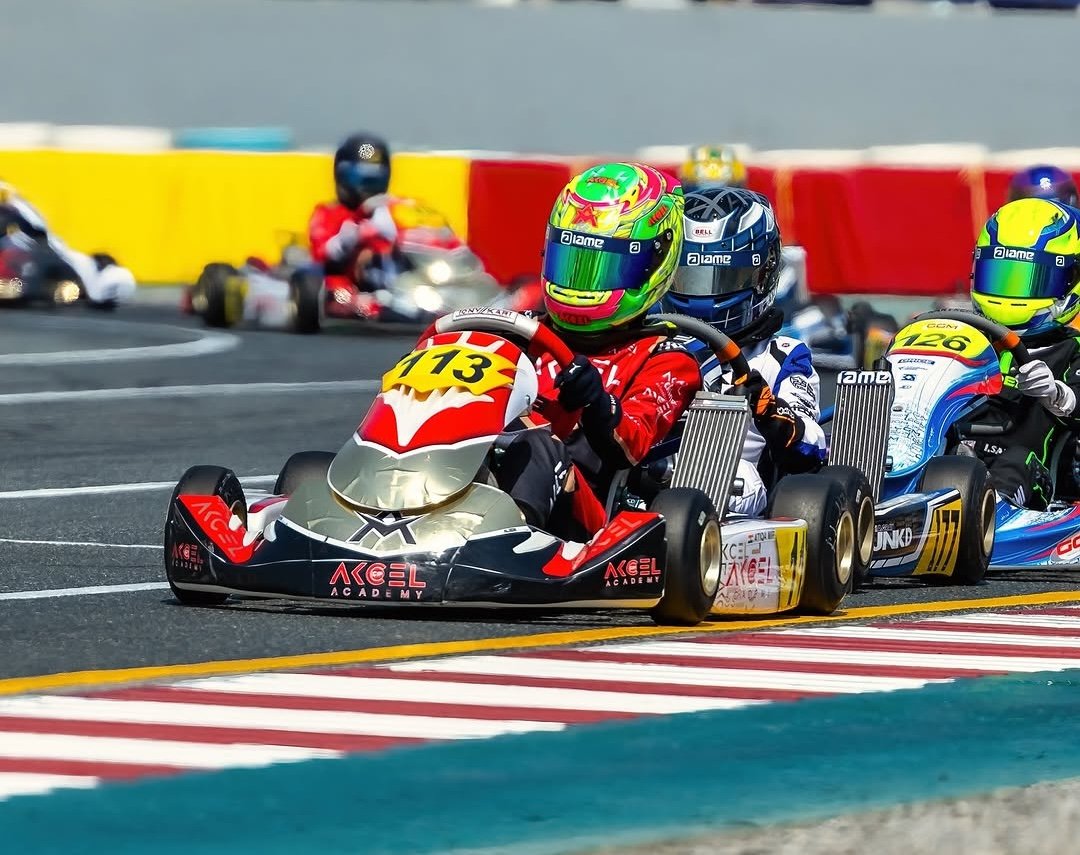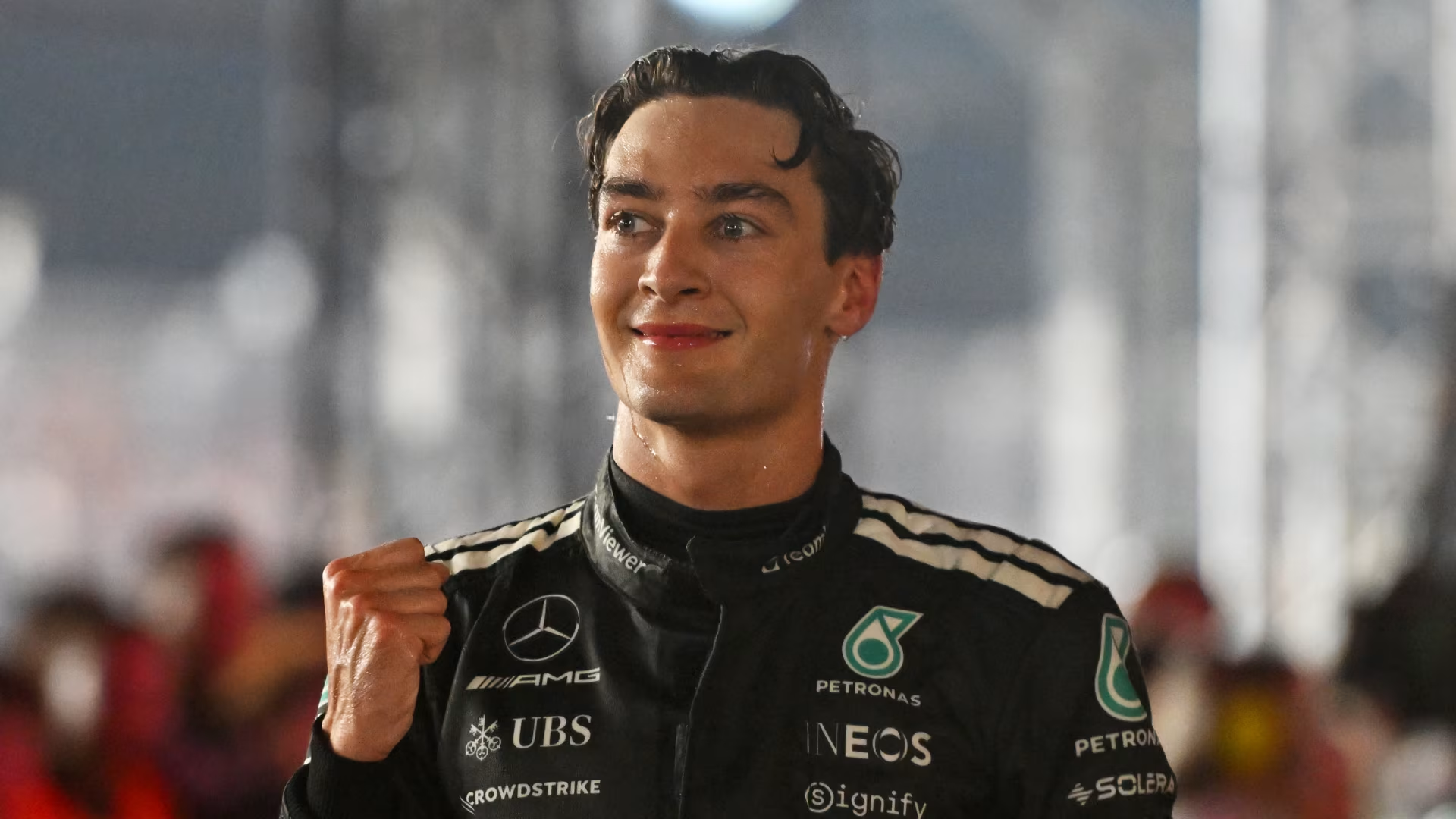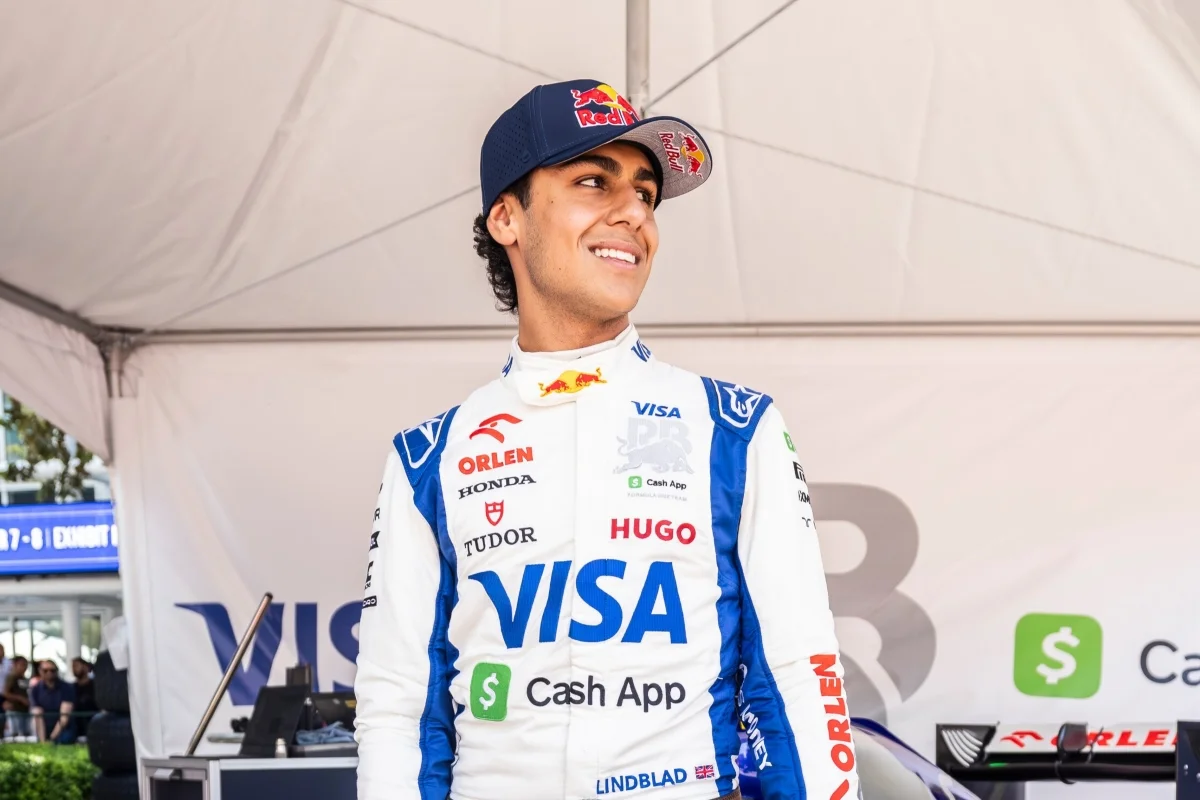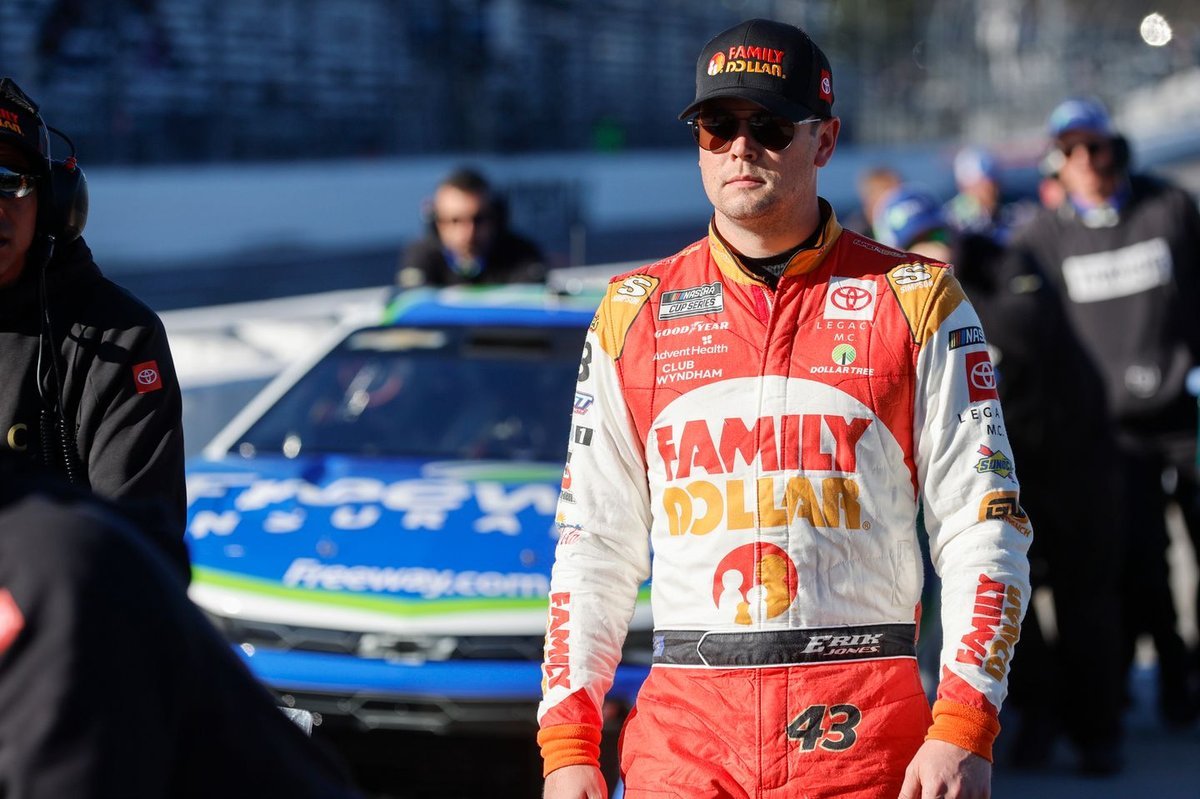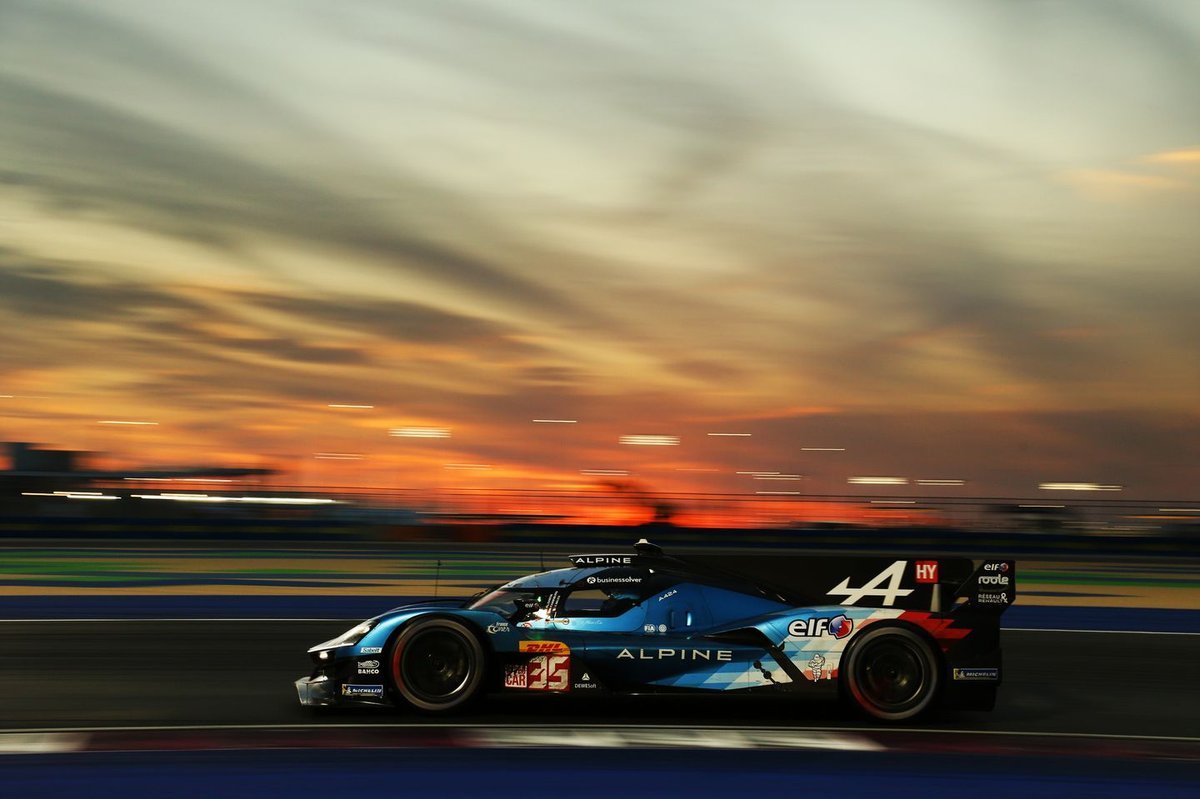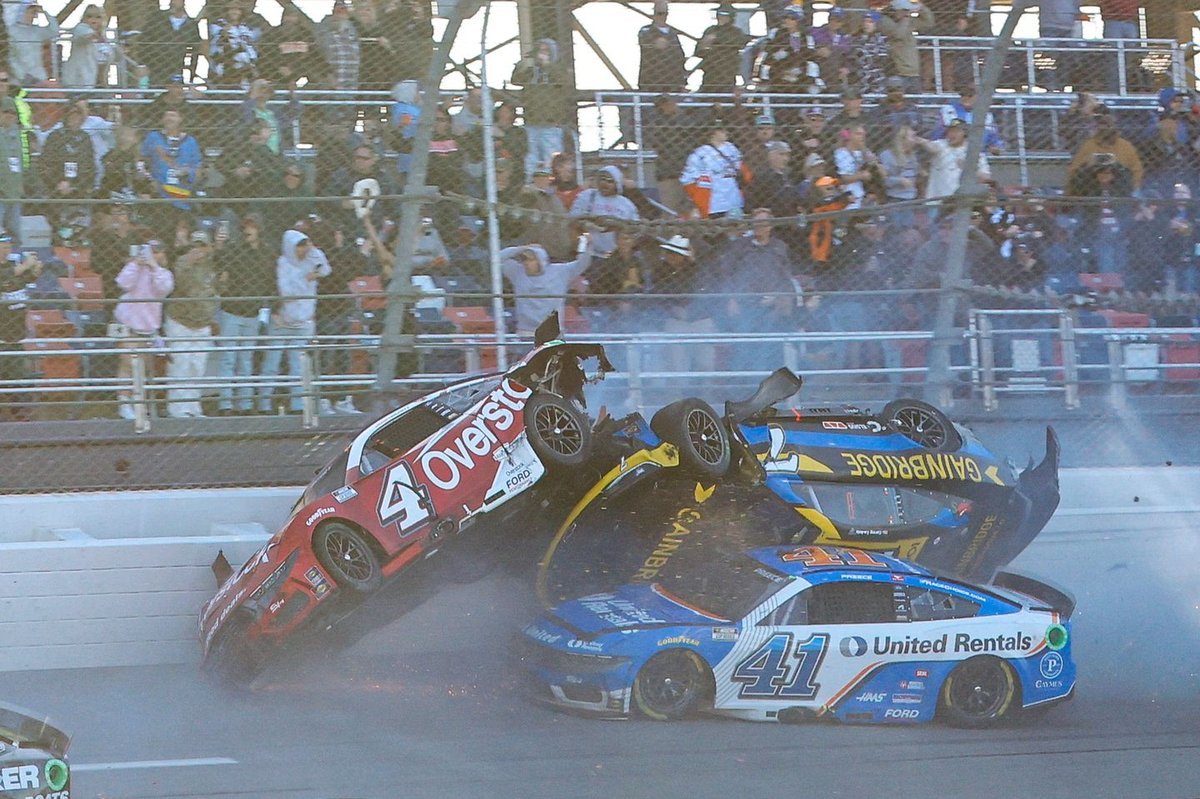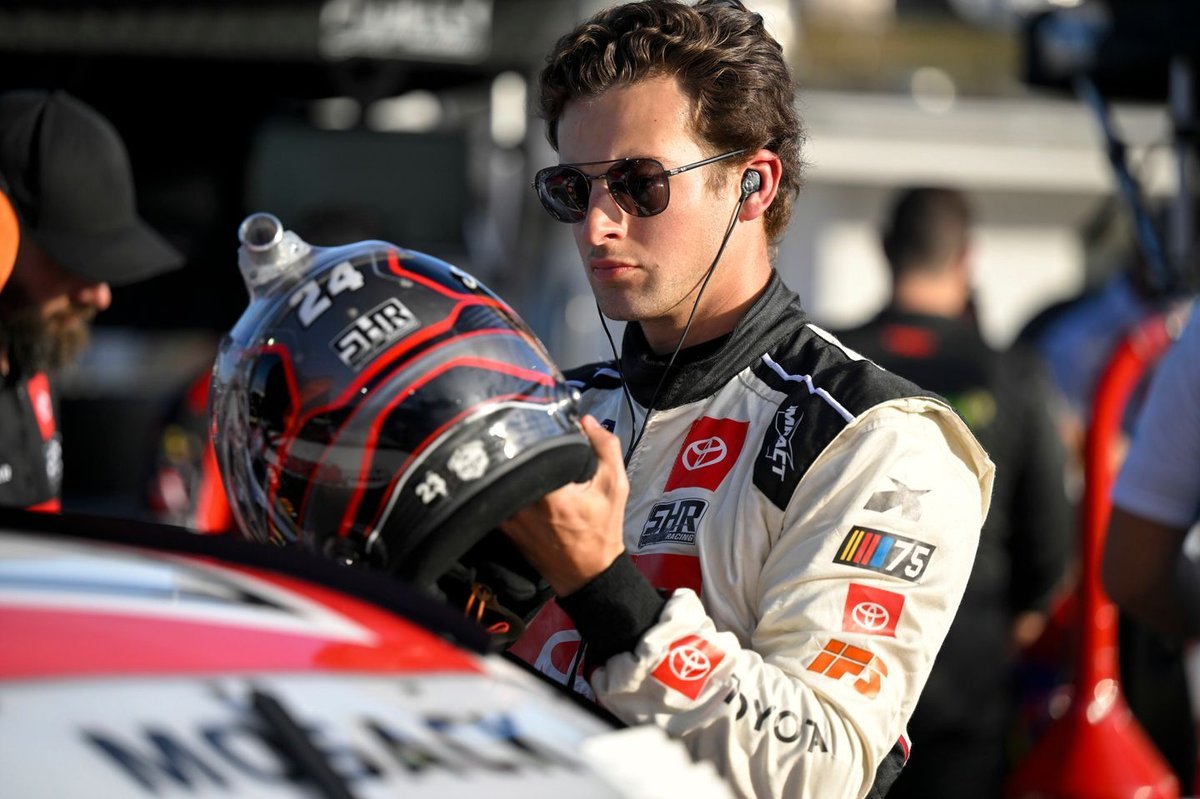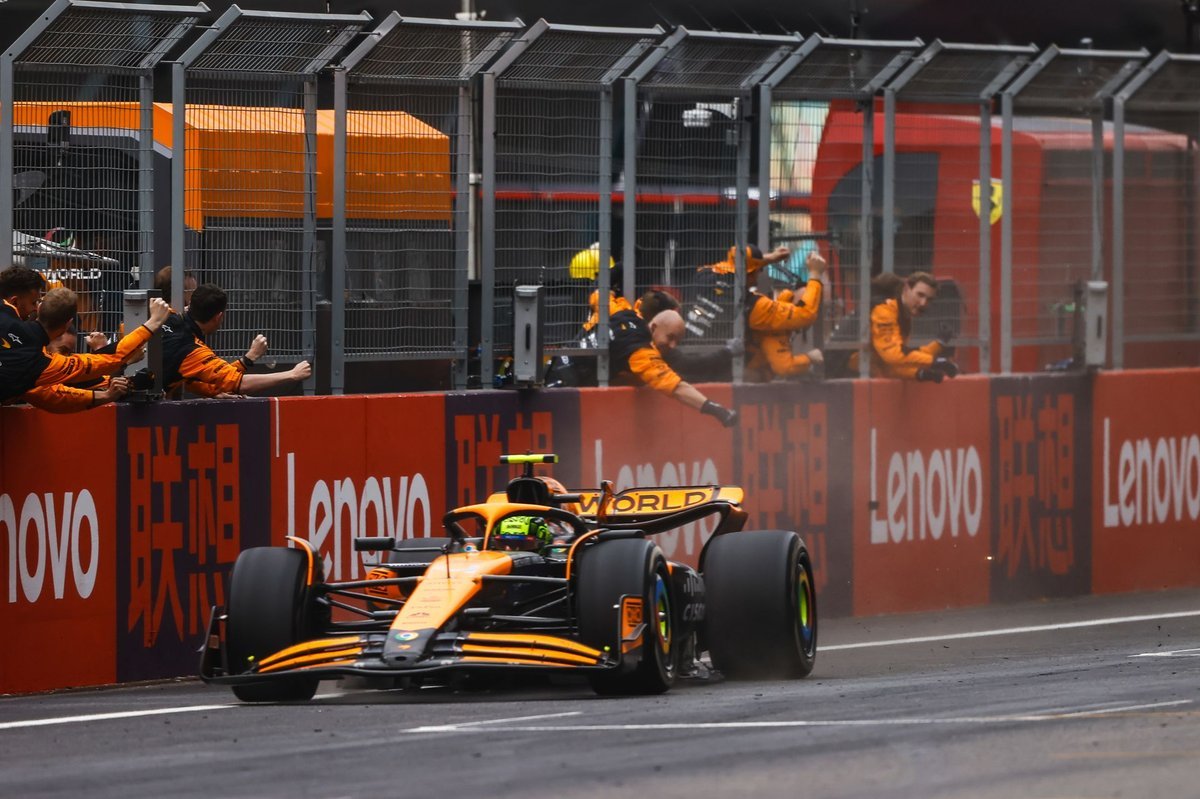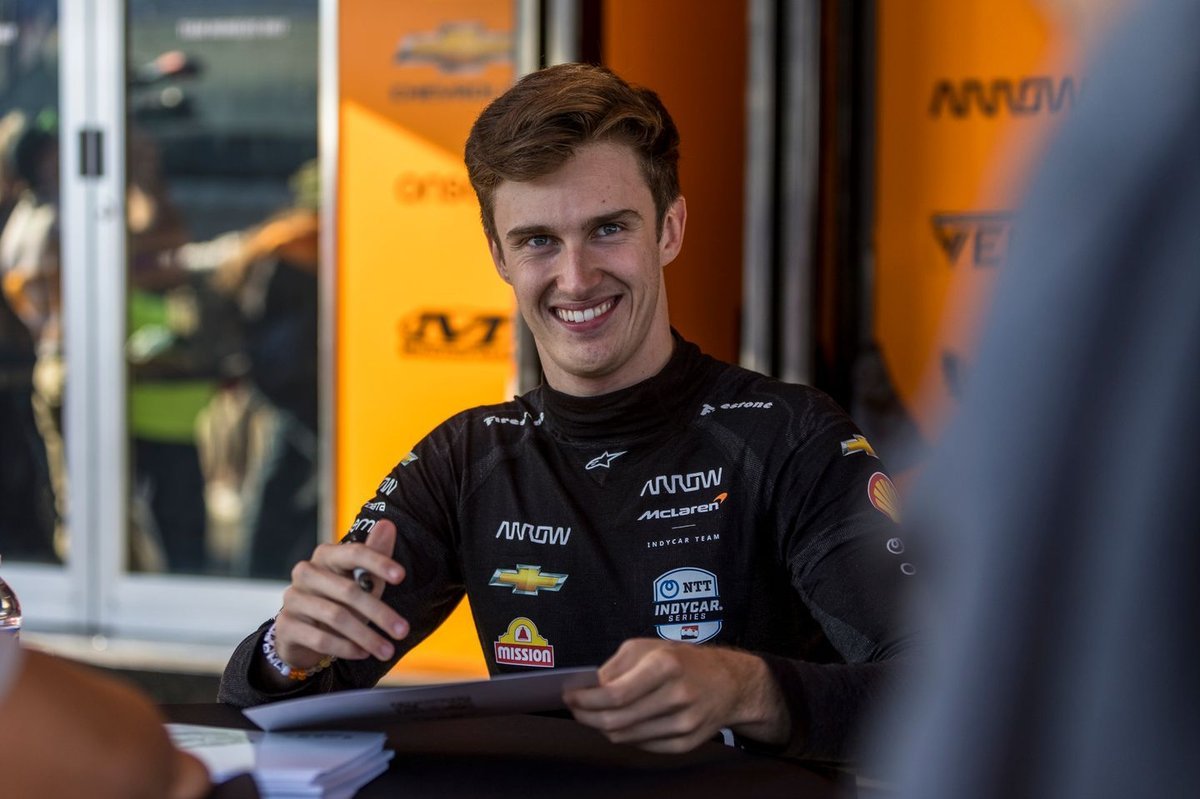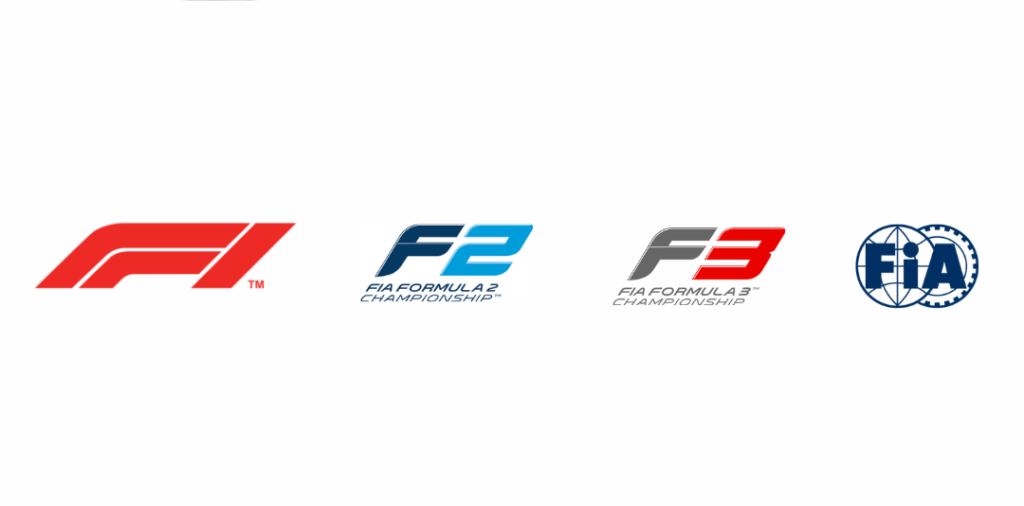
FIA statement on social media abuse follows Alex Dunne Monaco Grand Prix incident. United Against Online Abuse campaign fights online harassment in motorsport.
Introduction
Motorsport may be all about speed, adrenaline, and fierce rivalries, but there’s a human story behind every helmet and visor. In a digital age where fans interact directly with drivers, social media should be a space for celebration, not cruelty. Yet, the fallout from the Alex Dunne Monaco Grand Prix incident has once again shown the darker side of fan engagement. In response, a unified FIA statement on social media abuse has emerged, echoing from the highest levels of racing, as the motorsport community says “enough is enough.”
Let’s explore how the United Against Online Abuse campaign, led by the FIA, is aiming to restore respect and responsibility in the world of motorsport.
Table of Contents
| Sr# | Headings |
|---|---|
| 1 | The Alex Dunne Monaco Grand Prix Incident: What Happened? |
| 2 | How Social Media Turned Hostile Overnight |
| 3 | FIA’s United Front: Statement Against Online Abuse |
| 4 | The United Against Online Abuse Campaign: An Overview |
| 5 | Why the FIA’s Involvement Matters |
| 6 | Online Harassment in Motorsport: A Growing Concern |
| 7 | Jack Doohan Social Media Controversy: Another Alarming Case |
| 8 | How FIA Motorsport Regulations Address Off-Track Behavior |
| 9 | Drivers Speak Out: The Human Impact of Online Hate |
| 10 | The Role of Fans: Where Passion Crosses the Line |
| 11 | Social Media’s Double-Edged Sword in Racing |
| 12 | Steps the FIA Is Taking to Combat Abuse |
| 13 | How Teams and Series Are Supporting the Initiative |
| 14 | What Can Fans Do to Help? |
| 15 | Conclusion: Time to Choose Respect Over Rage |
1. The Alex Dunne Monaco Grand Prix Incident: What Happened?
The Formula 2 championship leader, Alex Dunne, was involved in a dramatic incident during the Monaco sprint race. A collision between Dunne and Victor Martins led to a chain-reaction crash that eliminated multiple drivers before the first lap was completed. While on-track accidents are part of the sport, what followed off-track was nothing short of disturbing.
2. How Social Media Turned Hostile Overnight
Shortly after the incident, social media turned into a battlefield. Messages full of hate and vitriol flooded Dunne’s inbox. Within an hour of the race ending, he felt so overwhelmed that he deleted social media from his phone entirely. “I’ve never received such bad messages in my life,” Dunne confessed.
This wasn’t just casual criticism—it was personal, aggressive, and relentless. That’s when the FIA stepped in.
3. FIA’s United Front: Statement Against Online Abuse
In an unprecedented move, the FIA, along with Formula 1, Formula 2, and Formula 3, issued a joint statement on Instagram. The FIA statement on social media abuse strongly condemned harassment in all forms. It reminded fans that at the heart of motorsport are human beings, deserving of respect regardless of results.
The message read:
“On behalf of our Teams and Drivers, F1, F2, F3 and the FIA, through their United Against Online Abuse campaign, firmly condemn abuse and harassment of any form.”
4. The United Against Online Abuse Campaign: An Overview
Founded in 2022 by FIA President Mohammed Ben Sulayem, the United Against Online Abuse campaign (UAOA) was born after a steward was targeted with hate at the US Grand Prix. This initiative promotes respect and empathy by combining research, education, and policy reforms.
The campaign’s mission is simple:
Stand together against hate, and drive meaningful change both online and off the racetrack.
5. Why the FIA’s Involvement Matters
The FIA is the cornerstone of global motorsport. Its involvement sends a powerful message to fans and teams alike—online abuse isn’t just frowned upon; it’s being formally addressed. When the governing body steps up, it lays the groundwork for policy, accountability, and a shift in culture.
Imagine a referee in football stepping in not just to blow the whistle on fouls, but also to protect players from abuse off the pitch. That’s what the FIA is doing here—officiating not just the race, but the respect surrounding it.
6. Online Harassment in Motorsport: A Growing Concern
This isn’t an isolated incident. Motorsport has increasingly become a hotbed for online toxicity. Drivers like Nicholas Latifi and Yuki Tsunoda have previously admitted to receiving racist or threatening messages. The anonymity of the internet provides a cloak for unacceptable behavior—and young drivers bear the brunt of it.
7. Jack Doohan Social Media Controversy: Another Alarming Case
Jack Doohan found himself the center of a fabricated controversy when a fake Instagram screenshot circulated online. The edited image mocked his replacement, Franco Colapinto, making it seem like Doohan’s father was publicly ridiculing him. The backlash wasn’t directed at just Jack, but his entire family.
Doohan later pleaded,
“Please stop harassing my family. This is not okay.”
The FIA also addressed this through UAOA, stressing how dangerous misinformation and false narratives can be in fueling harassment.
8. How FIA Motorsport Regulations Address Off-Track Behavior
You may be surprised to learn that FIA motorsport regulations don’t just govern lap times and safety standards—they now extend to driver conduct off the track. While traditionally focused on racing ethics, these rules are evolving to tackle issues like cyberbullying, with codes of conduct and driver agreements including behavioral clauses.
9. Drivers Speak Out: The Human Impact of Online Hate
What does it feel like to be a 19-year-old racing prodigy, receiving death threats after a crash? For Alex Dunne, it was a wake-up call to the dark side of fame. And he’s not alone.
Many drivers have said they suffer anxiety, sleepless nights, or even consider quitting the sport. The toll is real, and it’s often invisible.
10. The Role of Fans: Where Passion Crosses the Line
Being a fan means rooting for your favorite driver. But sometimes, that passion crosses into obsession or blind loyalty. When results don’t go a certain way, fans lash out, forgetting there’s a person behind the wheel.
Motorsport is thrilling, yes—but it’s not a video game. Drivers make mistakes. Accidents happen. Abuse should never be a response.
11. Social Media’s Double-Edged Sword in Racing
Social media brings fans closer to drivers than ever before. But like a racecar at full throttle, it needs proper handling. One second of anger-fueled tweeting can destroy a reputation, a mood, or even a mental state.
It’s the digital pit lane—use it wisely or risk crashing out of respect entirely.
12. Steps the FIA Is Taking to Combat Abuse
The FIA isn’t just tweeting statements. They’re working on:
- AI tools to detect abusive language
- Liaising with social platforms to report offenders
- Workshops for drivers on handling digital pressure
- Policy frameworks for stricter enforcement
This is not just reactive; it’s proactive governance.
13. How Teams and Series Are Supporting the Initiative
Racing teams and event organizers are aligning with the FIA’s message. Teams like PREMA Racing and MP Motorsport have published their own anti-abuse pledges, while junior series are incorporating digital wellness sessions into driver development programs.
This isn’t just a top-down initiative—it’s being embraced across the board.
14. What Can Fans Do to Help?
It starts with self-awareness. Before posting that angry comment, ask yourself: “Would I say this to their face?”
Here’s how fans can be part of the solution:
- Support with positivity
- Report abusive comments
- Educate fellow fans
- Celebrate the human side of sport
15. Conclusion: Time to Choose Respect Over Rage
The FIA statement on social media abuse isn’t just a press release. It’s a mirror held up to all of us. It asks: What kind of community do we want motorsport to be?
Drivers like Alex Dunne and Jack Doohan are young athletes chasing their dreams. They deserve our cheers, not our jeers. The paddock may be fierce, but online, let’s choose compassion over cruelty.
Because at the end of the day, behind every helmet is a heart.
FAQs
1. What did the FIA say about the Alex Dunne Monaco Grand Prix incident?
The FIA, along with F1, F2, and F3, issued a joint statement condemning the online abuse Dunne received after the Monaco sprint race, urging fans to show respect.
2. What is the United Against Online Abuse campaign?
It’s an initiative launched by FIA President Mohammed Ben Sulayem to combat online harassment through education, technology, and policy reform.
3. How did Jack Doohan become involved in a social media controversy?
Doohan was targeted after a fake Instagram post allegedly from his father mocked another driver. The backlash led him to publicly ask for the harassment to stop.
4. How are FIA motorsport regulations adapting to online behavior?
FIA is incorporating behavioral guidelines in driver codes of conduct, addressing off-track behavior like social media abuse and harassment.
5. What can fans do to reduce online harassment in motorsport?
Fans can help by promoting positivity, reporting abusive content, and remembering that drivers are humans, not just performers for their entertainment.

